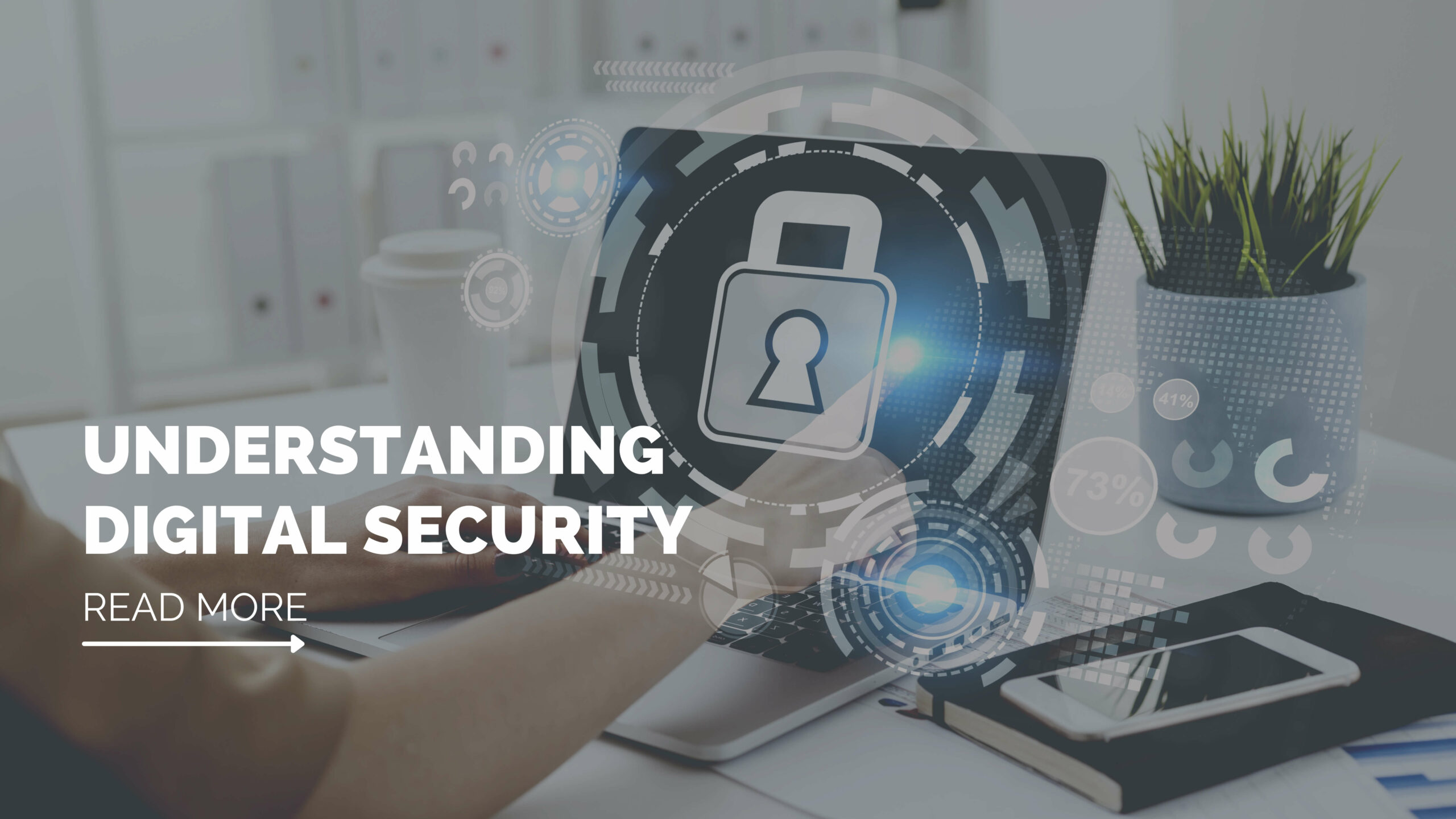In the digital age, where both innovation and threats evolve rapidly, cybersecurity has transitioned from a technical challenge to a critical patient safety issue. The healthcare industry’s dependence on electronic systems for managing patient information demands rigorous protection mechanisms to ensure the confidentiality, integrity, and availability of sensitive data. This blog post delves into various aspects of cybersecurity in healthcare, focusing on safeguarding patient information and thwarting cyber threats.
Introduction
The importance of cybersecurity in the healthcare industry is paramount. With patient records moving online, hospitals are becoming ever-more reliant on technology for everyday operations. This digitization, while beneficial, also opens up new avenues for cyber threats that can compromise patient safety and privacy.
According to John Riggi, Senior Advisor for Cybersecurity and Risk at the American Hospital Association, the significance of cybersecurity in protecting patient safety cannot be overstated. The interconnectedness of hospital systems means that an attack on one end can have a cascading effect across the entire network, directly impacting patient care.
The Role of Cybersecurity in Patient Safety
In the context of healthcare, cybersecurity isn’t just about protecting data—it’s about safeguarding human lives. Cyber incidents in a healthcare setting can endanger patient safety by causing delays in treatments, resulting in incorrect medication administration, or through the corruption of medical records. Timely and reliable access to patient information and critical medical systems is essential for healthcare providers to make life-saving decisions.
The American Hospital Association highlights the integral role of technology and cybersecurity in maintaining quality and patient safety. For instance, during a ransomware attack, healthcare providers could lose access to electronic health records (EHRs), diagnostic services, and other critical systems, severely compromising patient treatment and data confidentiality.
Why Healthcare Industry is a Prime Target for Data Breaches
Healthcare organizations possess a wealth of data through which personal and valuable information flows. This data is not only about patient health history but also includes billing information and social security numbers, making it highly lucrative for cybercriminals.
The Cybersecurity and Infrastructure Security Agency (CISA) provides insights into the nature of these cyber threats, emphasizing that the healthcare ecosystem is particularly vulnerable to ransomware, phishing scams, and sophisticated cyberattacks orchestrated by organized criminal networks and nation-state actors.
Cybersecurity Best Practices in Healthcare for 2024
To fortify defenses against cyber threats, healthcare organizations must adhere to cybersecurity best practices. These can include, but are not limited to:
- Implementing multi-factor authentication,
- Regularly updating and patching systems,
- Providing cybersecurity training to staff,
- Conducting frequent risk assessments and vulnerability scanning.
Experts from CISA suggest integrating resources like the Healthcare and Public Health Sector-specific guidance and adopting standards promoted by the HHS 405(d) program, which aims to align health industry cybersecurity practices.
The Impact of Ransomware or Malware Attacks on Healthcare
Cybersecurity isn’t just a financial burden; it poses a real threat to human lives. Cris Elwell, CISO at Seattle Children’s Hospital, emphasizes the need for mutual intelligence-sharing collaborations for broader situational awareness and timely response to threats at the organizational level.
Ransomware or malware attacks can debilitate healthcare systems, causing appointments and surgeries to be canceled, delaying test results, and even leading to data theft or permanent loss. Recent research demonstrates the potential impacts such cyber incidents can have on hospital operations and patient care, justifying why cybersecurity is critical or data protection.
Top 10 Tips for Cybersecurity in Healthcare
Here are practical tips informed by industry experts and based on current trends:
- Regularly train staff on cybersecurity awareness.
- Use strong and unique passwords for different systems.
- Activate multi-factor authentication wherever possible.
- Keep all software and systems updated with the latest patches.
- Back up patient data in secure and encrypted forms regularly.
- Limit access to sensitive data based on job roles.
- Encrypt portable devices and use secure methods of communication.
- Conduct regular system audits and compliance checks.
- Practice incident response planning and simulations.
- Engage in information-sharing partnerships like those recommended by Cris Elwell for broader threat intelligence.
Experts like Mitchell Parker argue that maintaining and verifying compliance is just as important as implementing security measures. A proactive approach to cybersecurity ensures that systems remain resilient against evolving threats.
Strategies to Protect Your Healthcare Organization from Cyber Attacks
Developing and maintaining robust cybersecurity strategies is essential to fend off cyberattacks. Cybersecurity experts advise adopting a security-by-design approach where security considerations are integrated into every layer of the healthcare IT ecosystem. This includes investing in cutting-edge protection measures, enacting strict access control protocols, and ensuring continuous monitoring of network traffic.
The Threat of Viruses, Malware, and Hackers to Physician Practices
Physician practices, despite often having tighter budgets and fewer resources than larger healthcare facilities, are not immune to cybersecurity risks. They hold significant amounts of patient data and require the same level of protection strategies as hospitals and larger health systems. Vendor solutions focused on smaller scale operations, like CloudWave or Sensato Cybersecurity Solutions, provide an indication of the need for tailored cybersecurity solutions fitting various organizational sizes and scopes within the healthcare industry.
Dan Bowden, CISO at University of Utah Health Care, recognizes the shift in perspective towards proactive cybersecurity measures as a standard practice. Small practices need to adopt technologies and practices that are robust yet feasible within their resource pool without compromising their defense against cyber threats.
Modern Trends and Threats in Healthcare Cybersecurity
The landscape of cybersecurity in healthcare is continually evolving, met by advancing cyber threats and sophisticated attack methodologies. As healthcare organizations harness the power of IoT and AI to improve patient care, they also open up newer vulnerabilities. Therefore, keeping abreast of modern trends and threats is crucial. Vendors like Armis, Medigate, and Asimily are leading the way in adapting to these changes, earning commendations for their IoT security solutions, while Palo Alto Networks and Ordr have shown commitment to improving their offerings over time, as seen in the 2023 KLAS Research Report: Healthcare Cybersecurity report.
Conclusion
The indispensability of cybersecurity in the healthcare industry cannot be overstated. The safety and privacy of patient data, alongside the integrity of healthcare services, hinge upon vigilant, continuous, and collaborative efforts to strengthen cybersecurity measures. Jigar Kadakia’s sentiment that security has always been and will remain a human issue highlights the importance of involving every stakeholder in the fight against cybercrime.
With the advocation of top experts, recommendations from credible sources like CISA, the AHA, and the insights into the ever-changing landscape provided by KLAS, this blog provides a strong foundation for healthcare entities striving to shore up their defenses against the cyber onslaught. The commitment to cybersecurity must be as resilient and dynamic as the threats it aims to neutralize.
For further resources, you can explore CISA’s alerts and reports or engage with programs like the HHS 405(d) for more in-depth support tailored specifically for the healthcare industry. Cybersecurity in healthcare is a communal responsibility, and together, we can ensure the safeguarding of our most critical assets—patient health information and the healthcare systems that support the welfare of millions.

